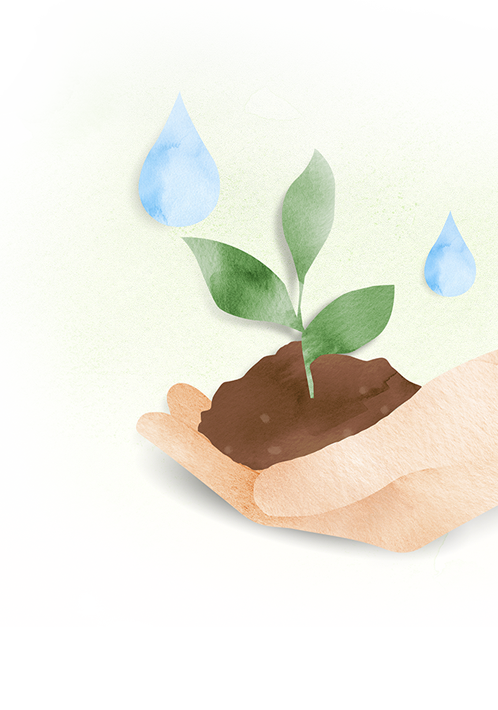

.jpeg)

Hong Kong Green Organisation(2024-2026)
Hong Kong Green Organization Certification
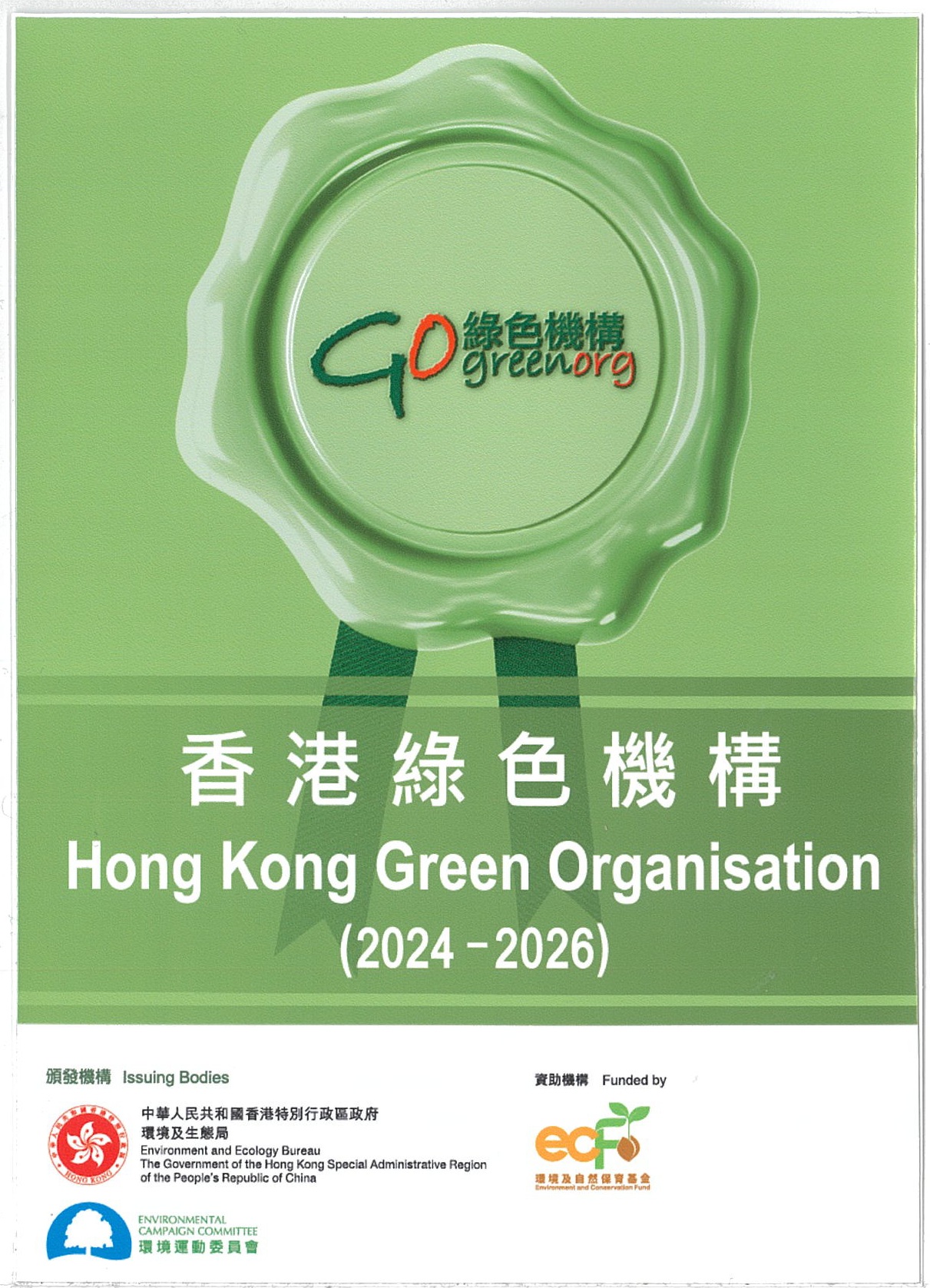
Hong Kong Green Organisation(2022-2024)
Hong Kong Green Organization Certification

%E9%8A%80%E7%8D%8E.jpg)
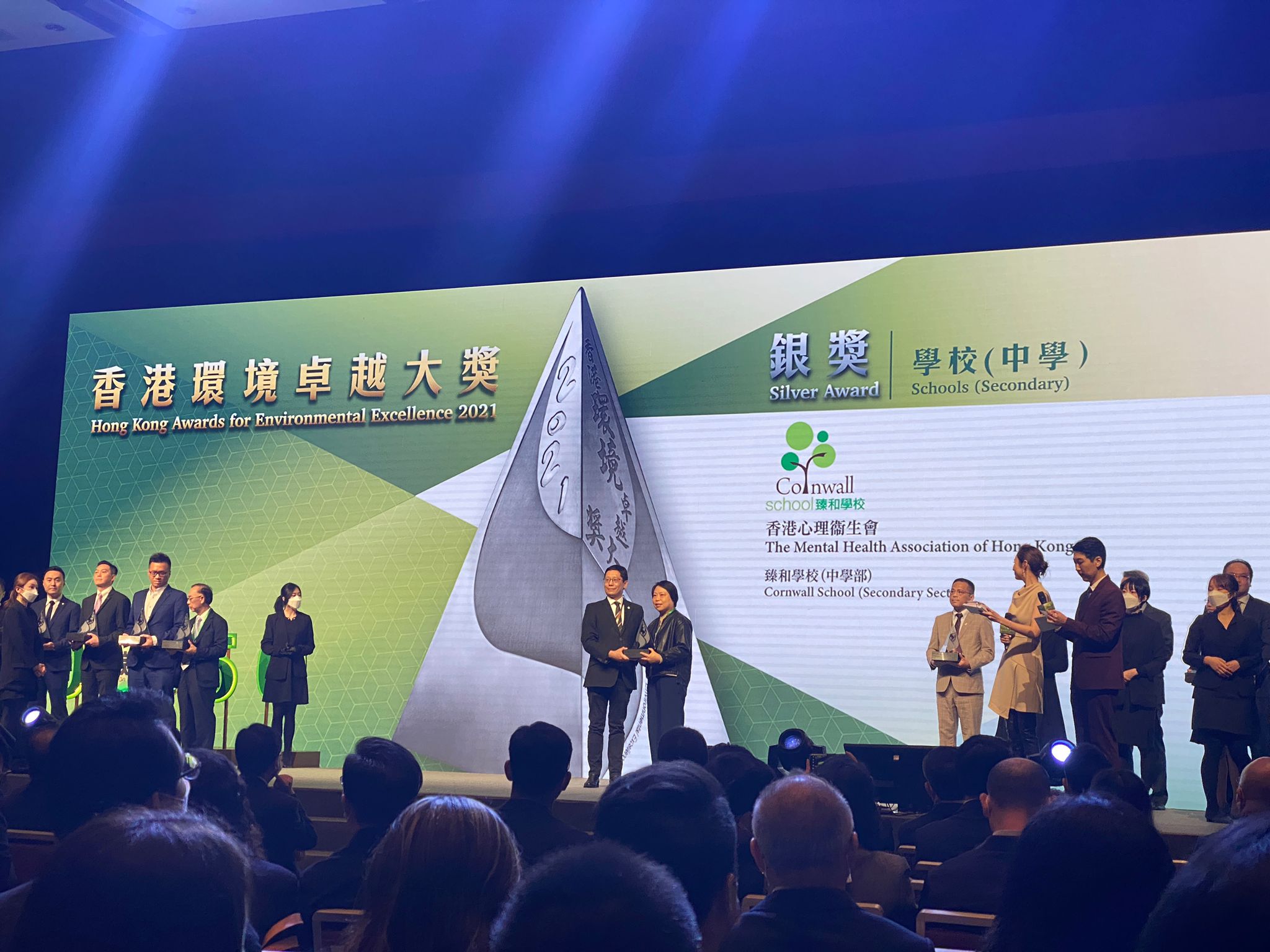

%E5%98%89%E8%A8%B1%E7%8B%80.jpg)
%E5%98%89%E8%A8%B1%E7%8B%80.jpg)




16th Hong Kong Green School Award 16th Hong Kong Green School Award
Green School Green School
Secondary School Category Primary School Category
Based on the principles of “Care for Nature”, “Energy Saving, Carbon Reduction, Emission Reduction, Waste Reduction, Recycling and Reuse” and “Sustainable Development”, we promote the participation of all students, staff and parents in the green campus in terms of policy, teaching, daily process, measures and environment, so as to achieve a model of environmental education with the participation of the whole school.
At the same time, the school also actively engages with community organisations in the implementation of measures and activities to realise the school’s social role in caring for the earth.
The following environmental measures/guidelines have been developed based on the 5Rs concept of “reduce, reuse, recycle, replace and refuse”
1. Re-use single-sided paper
a. All school circulars, including those posted in classrooms
b. Documents that do not need to be stored Documents that do not need to be stored
2. Use double-sided printing
a. All roll-call sheets
b. Minutes of meetings
c. Documents that need to be stored
3. Minimise photocopying
a. Circulate only one copy of documents as far as possible (encourage colleagues to use computers to save files and take notes, and to read documents on the computer)
b. If documents need to be amended (including minutes of meetings), then only amend them on the computer file and highlight the changes in red for colleagues to see
c. Use PowerPoint whenever possible
4. Re-use or use re-usable envelopes
a. Collect return envelopes for teaching purposes
b. Re-use old envelopes and affix them with an address on the paper side
5. Communicate with colleagues and the outside world by email (including exchanging information and sending invitations)
6. Use more electronic files to store and distribute documents and school information
7. Encourage school staff to continue to give the single-sided paper to the clerk for re-use
8. Check print or photocopy settings before printing or photocopying
a. Re-check the contents of the document (including images) before printing or photocopying to avoid wasting paper
b. Check the number of sheets and whether all or part of the document is printed before printing to avoid wasting paper (e.g. click on this page)
c. Check if the printer has any paper so that you don’t think it has not been printed and print it v again.
1. Return any leftover paper after cutting to the paper recycling bin (including the drawing paper after changing the bulletin board)
2. Use drawing paper in the recycling bin first when decorating
3. Re-use and reduce the use of gift-wrapping paper as much as possible
4. Re-use festive decorative items
1. Encourage staff/students to use towels and reduce the use of paper towels
2. Minimise the number of paper towels used when using them
1. Air-conditioning guidelines:
a. Air-conditioning in all rooms should be turned on only 15 minutes before use
b. Do not use air-conditioning until the temperature is 26oC or above and the relative humidity is 75% or above
c. When the air-conditioning is turned on, the fresh air blower should be turned on and the doors and windows should be closed to reduce air infiltration (as some students have to sit in special chairs and get hot easily, the temperature of the air-conditioning should be slightly lowered so that students can study in a comfortable environment)
2. Heating guidelines:
a. The heating in all rooms should be turned on only 15 minutes before use
b. Heating should only be used when the temperature is 12 degrees Celsius or below
c. When turning on the heating, turn on the fresh air blower and open the windows and doors
3. Other guidelines:
a. Turn off lights, air-conditioning and other utilities (e.g. computers) in unoccupied rooms or at the end of the day
b. Turn off the air-conditioner after school if the room is not used as a meeting room or workshop (especially on Saturdays)
c. The school should use T8/T5 fluorescent lamps or compact fluorescent lamps.
d. If there is direct sunlight through the windows, turn on the light sensor (if applicable) to reduce electricity consumption; but if the air-conditioning is on, pull down the blinds and close them completely to reduce the room temperature
1. Turn off the tap after using water
2. Adjust the flow rate of the tap
3. Check water pipes regularly for leaks
1. All rubbish from classrooms, special rooms and dormitory rooms should be placed in rubbish bins
2. The menial staff in charge of each floor should collect rubbish from classrooms, special rooms and dormitory rooms at regular intervals (after school hours in the dormitory and after school)
3. After collecting the rubbish, the rubbish will be put in the refuse room
4. If the rubbish is environmentally friendly, it should be put in separate recycling bins in the covered playground
5. For bulky green waste and refuse, they should be placed next to the car park
6. If the kitchen waste contains water, the water must be reduced before it is put into the plastic bags to prevent the effluent from running out and giving off a bad smell
7. All refuse from the refuse room shall be taken to the collection point by the menial staff before 11:00 a.m. each day to await the arrival of the Food and Environmental Hygiene Department’s refuse collection vehicle to collect the refuse from the school
8. Environmentally friendly rubbish and waste should be collected from the school by informing the recycler as necessary to avoid storing too much of it and giving off a bad smell
1. School-based environmental measures and guidelines must be followed when using and purchasing school resources
2. Prioritise the purchase of environmentally friendly items
3. Encourage staff to borrow materials from the resource room and other departments (e.g. PT, OT, library, dormitory, etc.) for teaching purposes
4. Use computers to register the use of rooms instead of printing loan forms
5. Make good use of meeting rooms, classrooms, activity rooms and special rooms when conducting meetings, teaching and activities
6. The last person to leave the room/office should turn off all lights, air-conditioning and other electrical appliances
7. Remind staff and students regularly of the need to conserve resources
8. Clean air-conditioners and dust screens regularly
9. Set up a printer to use waste paper to facilitate the use of waste paper by colleagues
10. Monitor the monthly/quarterly usage of electricity, water and paper, and send the resource management team to inspect them from time to time, ensure that staff follow environmental practices/guidelines

The school is a green building with high lighting and ventilation design, and more than 40% of the school area is in the Green Belt, which helps to reduce energy consumption through the extensive use of energy-saving products.
• Infra-red sensor lighting system: Location: staircase entrance on each floor, male and female toilets on each floor
Function: when someone enters the sensor area, the sensor detects changes in the infrared spectrum of the human body and automatically switches on the power. The light turns on when a person is in the area and turns off when a person leaves, which is safe and saves energy.
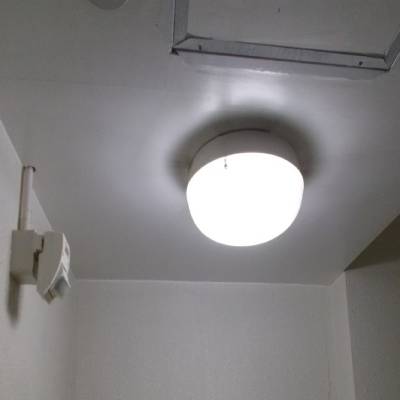
•Sensor location:
Classrooms on all floors, music room, visual arts room, therapy rooms, social work room, school office and staff room
Function: dimmed according to the sunlight outside the classroom
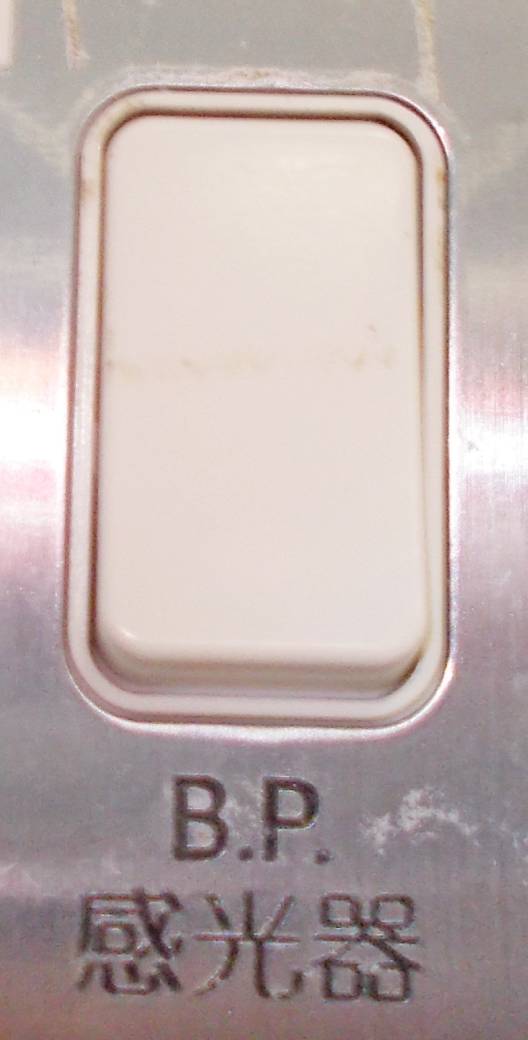
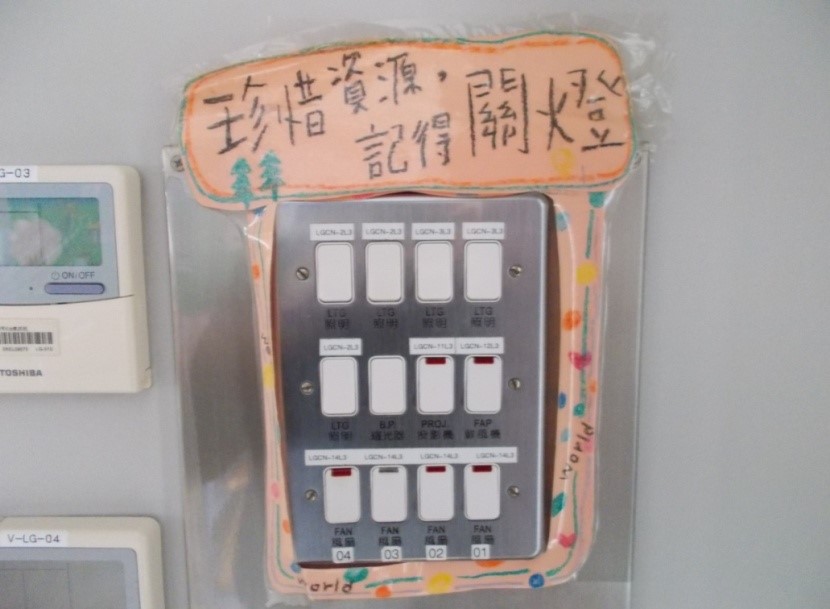
Floor:LG、G/F、2/F
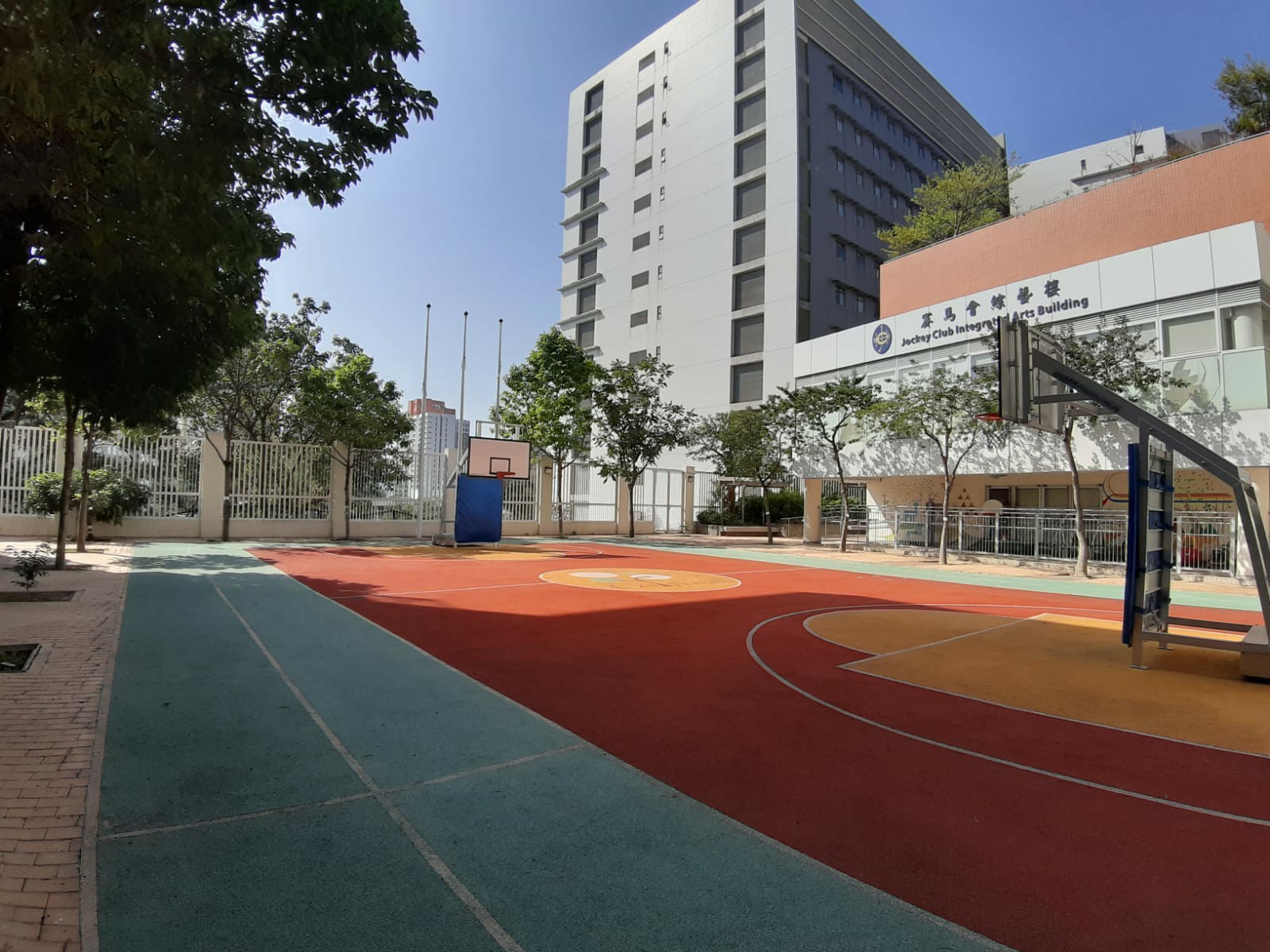
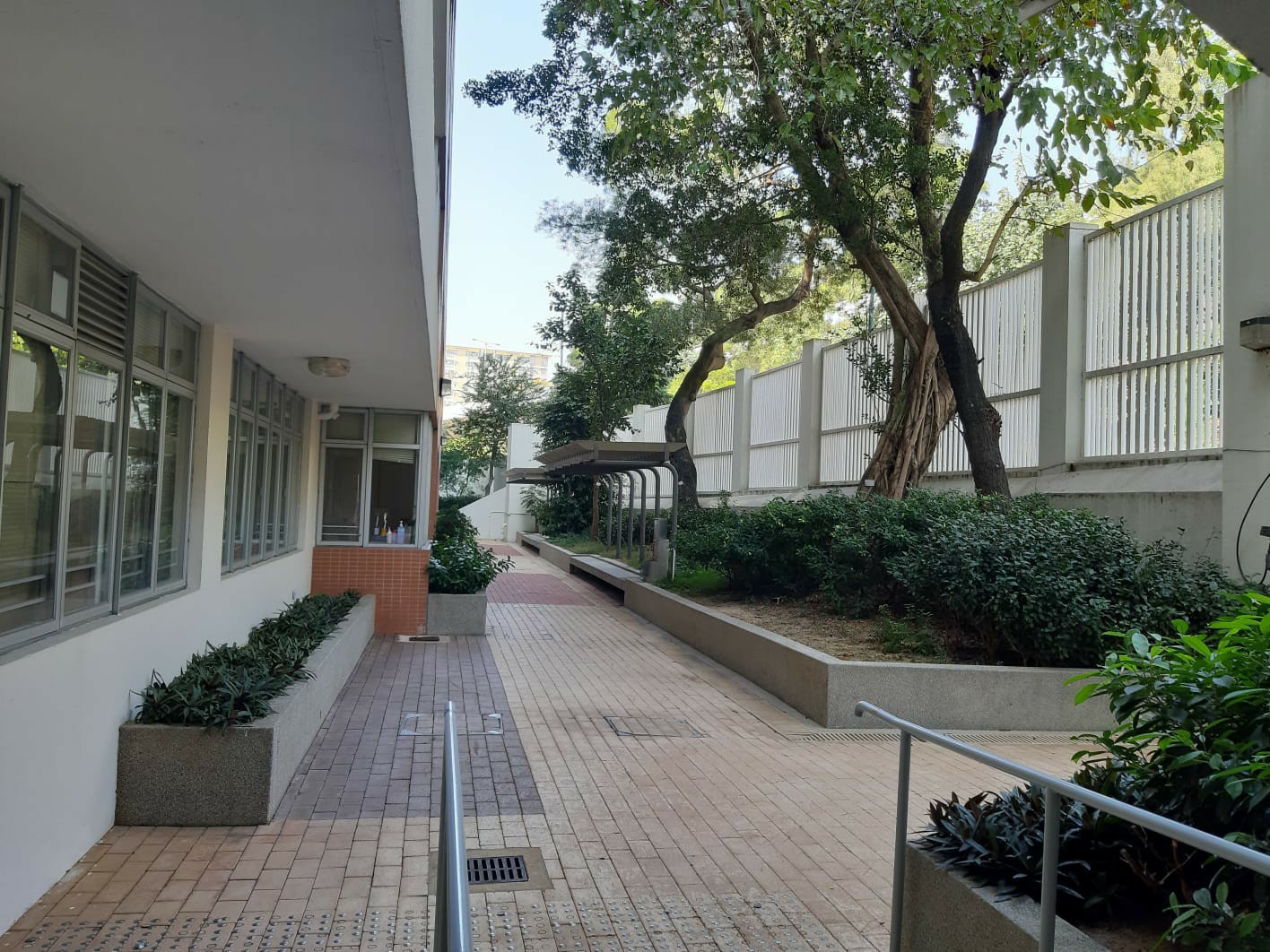
3/FHealing Garden
Through different forms of gardening activities, from exploring herbs, flowers, fruits and other plants to planting, fertilising and maintaining the garden, students will be able to trigger their curiosity and understanding of their own lives and enjoy the fun and sense of achievement brought by gardening activities.

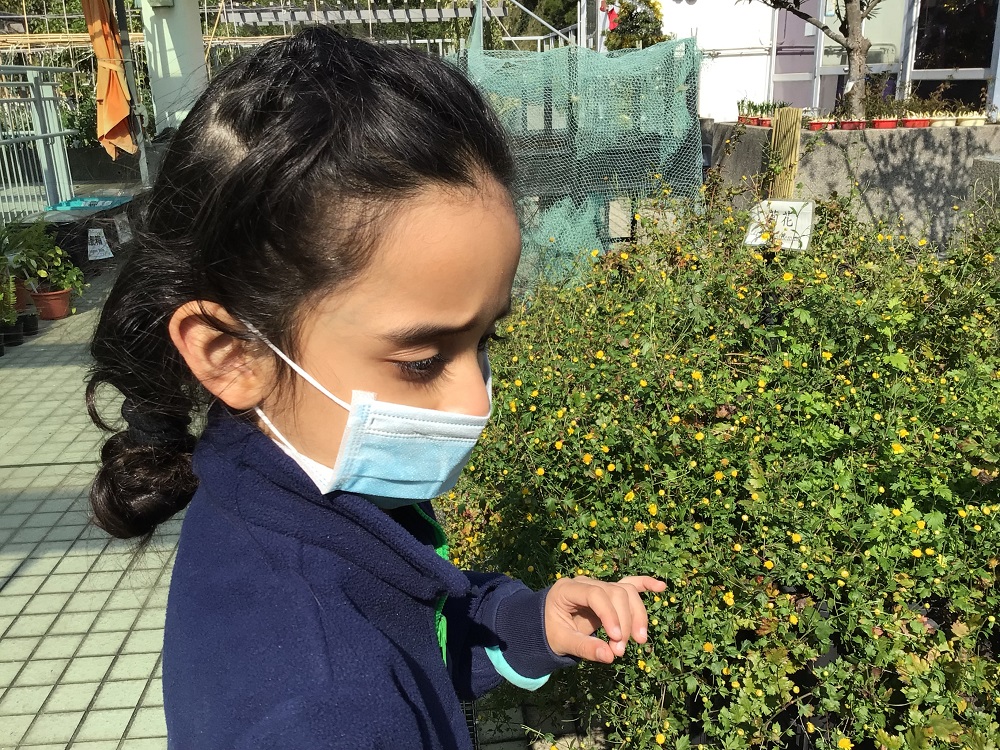
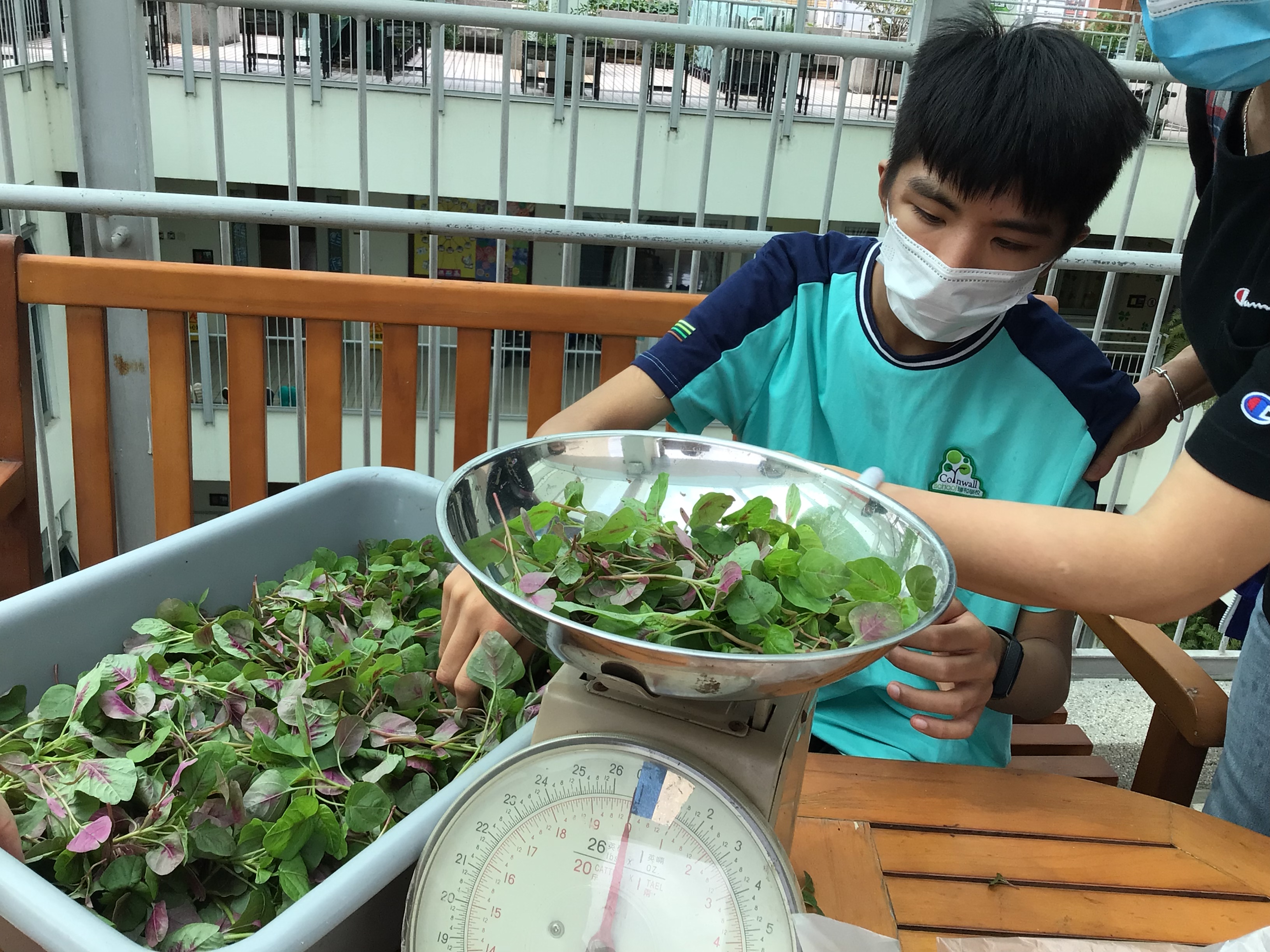
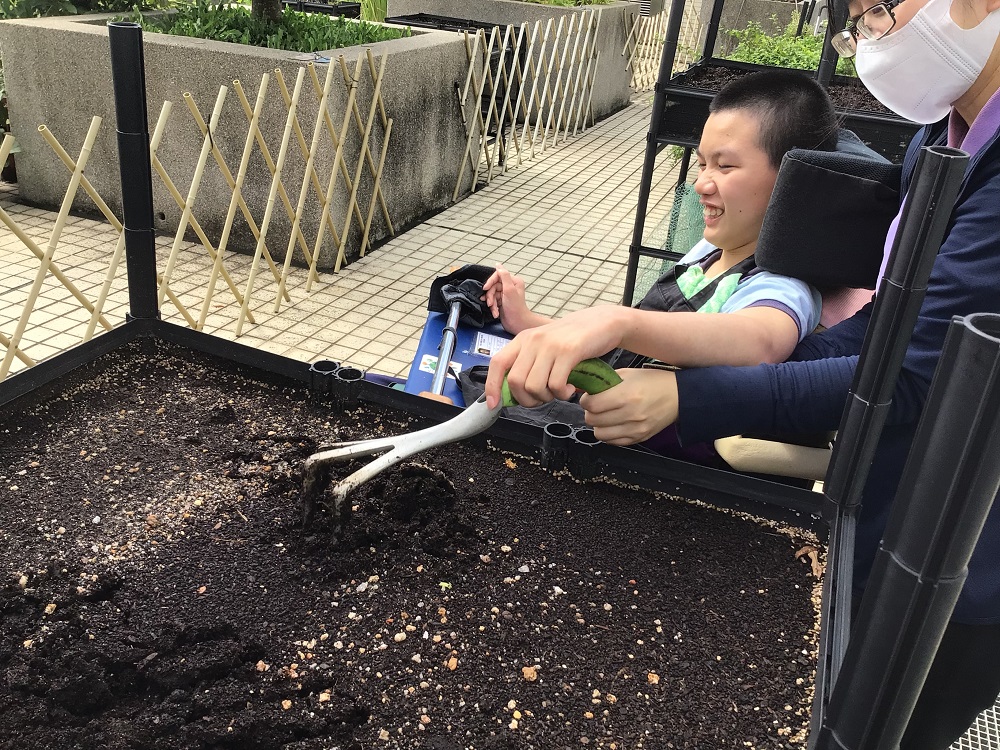
School-wide compost production
Objective: To actively reduce food waste through composting. The mature compost will be used as fertiliser in the school garden to achieve sustainable development and care for nature.
Most of the students consume bananas at tea time and the peels are shredded and collected by the students/assistants in the compost bin on the second-floor podium.
Students/assistants are encouraged to shred the peels and vegetable leaves and put them into the compost bin on the second floor.

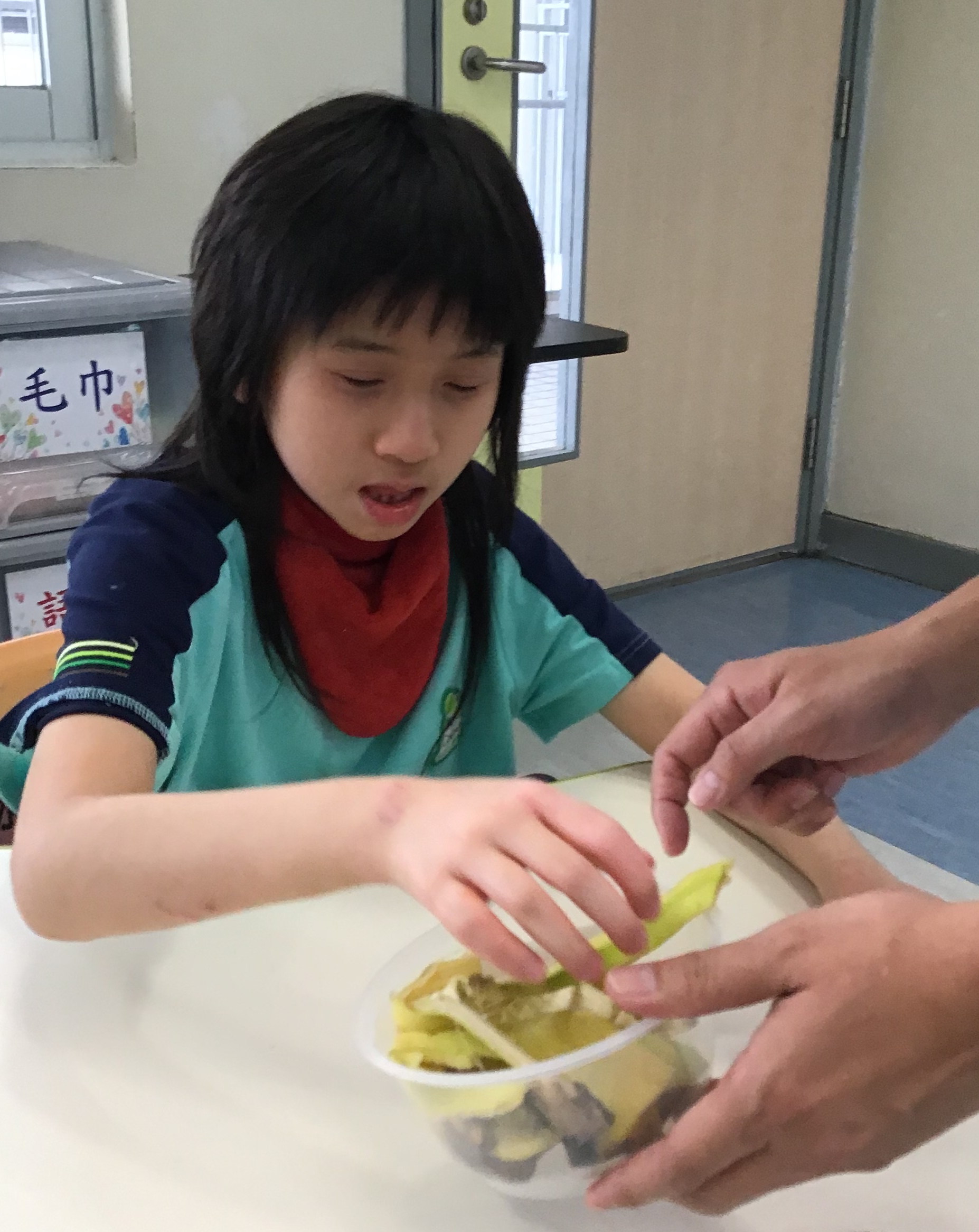
Types of recyclables (waste paper, metal, plastic, fruit net bags, beverage boxes and glass bottles)
Objective: To implement the concept of waste reduction, recycling and reuse in a more comprehensive manner with the participation of the whole school.
The collected recyclables will be delivered to the “Green @ Cheung Sha Wan Recycling Centre” on a regular basis.
A. Students are encouraged to sort the recyclables in their classes and put them into the recycling bins on each floor during tea time and other periods in the routine.
B. Staff are encouraged to actively participate in recycling activities.
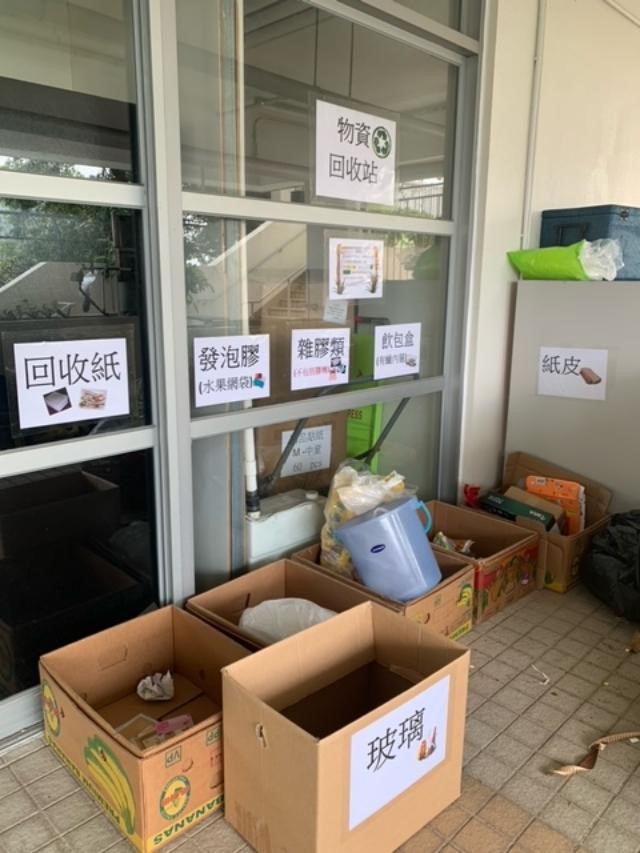




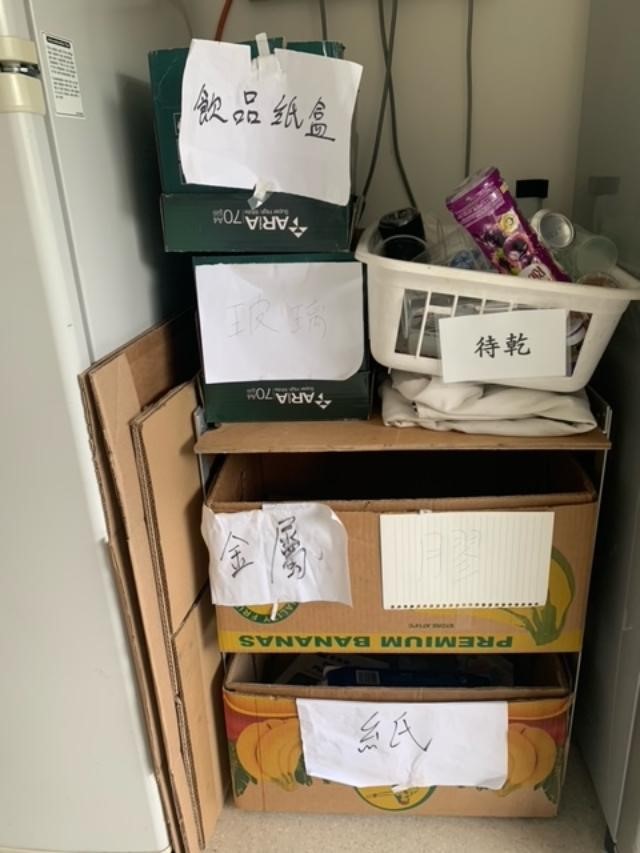
Submission of articles
Classes/staff/parents are encouraged to share their green tips in the form of article submissions (TEMP for staff; email or paper for parents)
From time to time, an article will be selected and posted in the lift. The contributor who gets a posting will receive a share of the school’s organic produce as a token of appreciation.
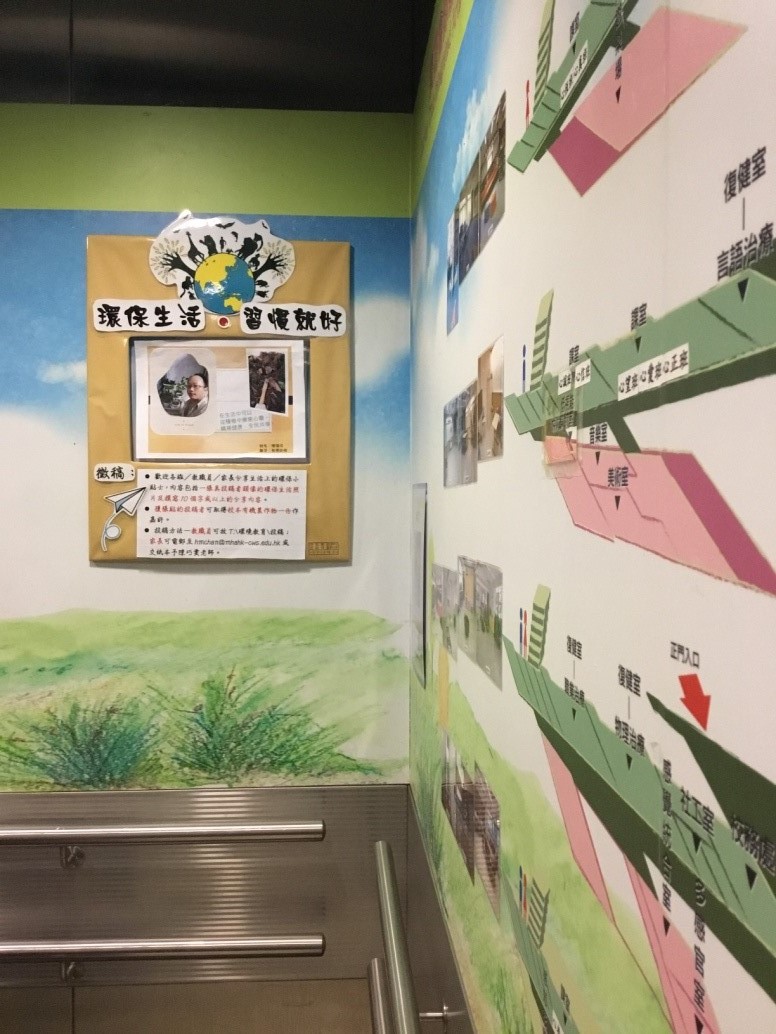
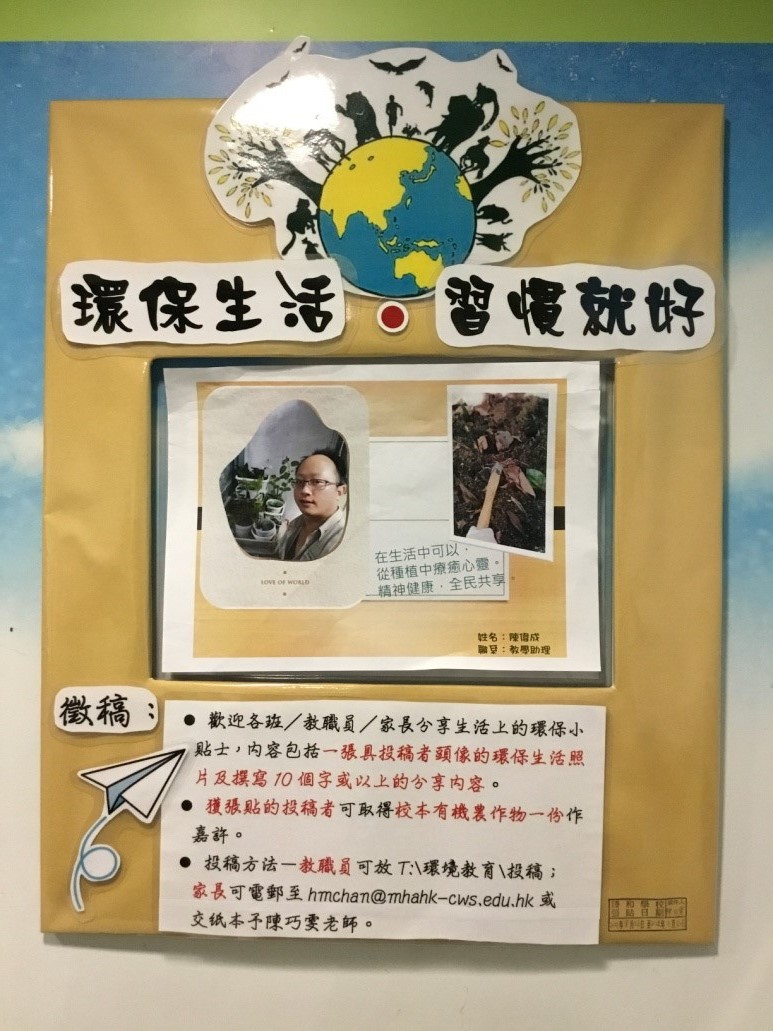
Parent-Teacher Association Greening Workshop
Workshops such as floral art, hiking and forest bathing are organised for parents and staff to promote the message of greening together.
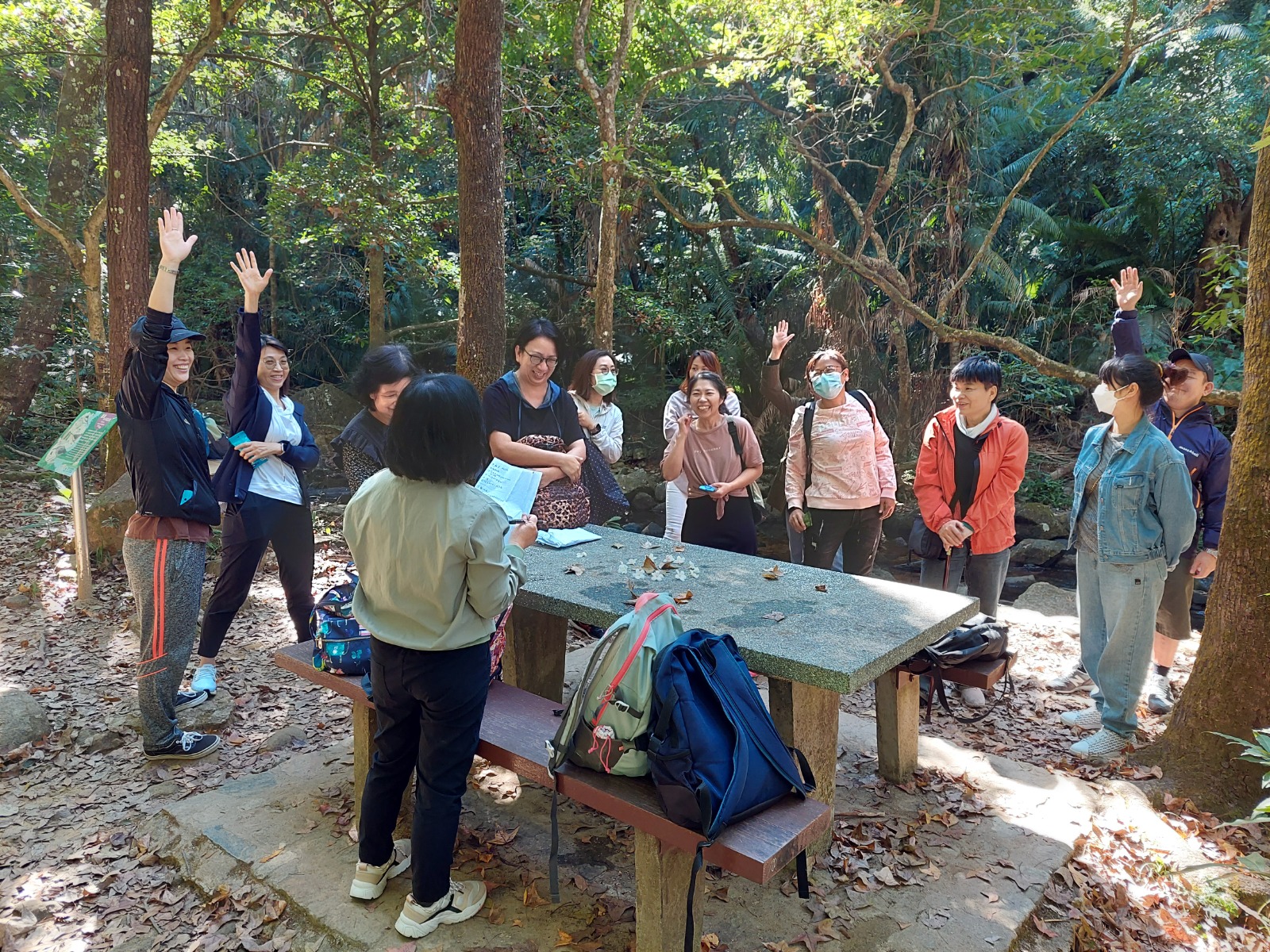

Library – Bookcrossing Programme
To encourage reading through the sharing of old books and to enhance the reading culture and recycling awareness.
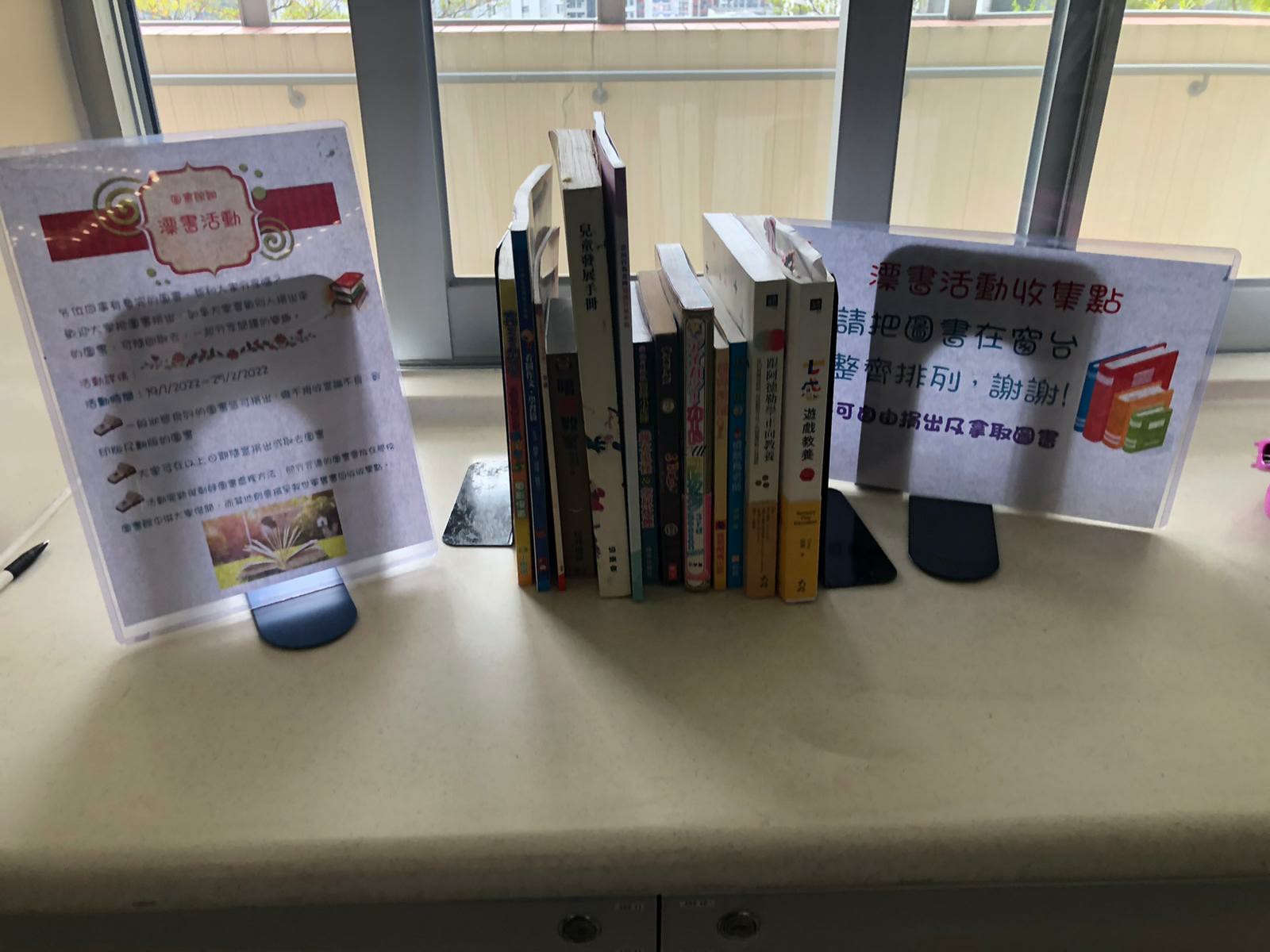
Sharing and Communication
To promote greening in schools by sharing greening ideas with different parties (Former Chief Executive Carrie Lam, Deputy Secretary for Education Chan Siu Suk Fan - Professional Development and Special Education, the Education Bureau officials, other school staff and parents, etc.).
Review and Follow-up:
An Environmental Education Team is set up in our school to develop, promote, monitor, evaluate and follow up on greening projects.
 |
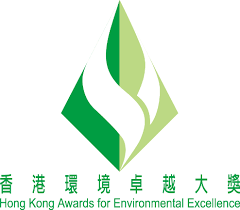 |

